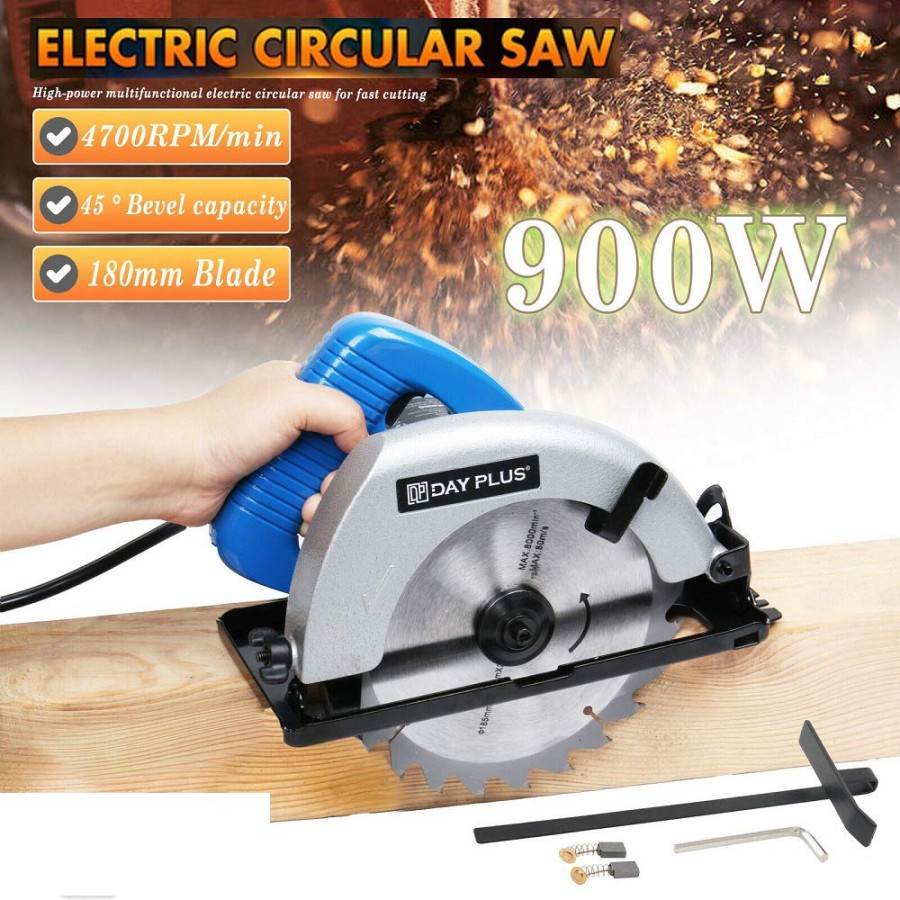Electric saws are a staple in any woodworker’s arsenal, offering a powerful and precise way to cut through lumber. But with a vast array of electric saws available, selecting the right one can be daunting. This review explores various electric saw options, highlighting their strengths, weaknesses, and ideal uses.
- Types of Electric Saws for Wood

The two most common electric saws for woodworking are circular saws and reciprocating saws (commonly known as reciprocating saws). Circular saws utilize a rotating blade to make straight cuts, bevel cuts, and dadoes. Reciprocating saws, on the other hand, employ a back-and-forth motion for demolition work, rough cuts, and plunge cuts.
- Circular Saws: Power and Versatility

Circular saws come in various blade sizes, with 7.25-inch and 8.25-inch models being the most popular for DIY projects. They offer a good balance between power and portability, making them suitable for ripping down lumber, cutting sheet goods, and breaking down pallets. Some circular saws even boast laser guides for enhanced cutting precision.
- Reciprocating Saws: Demolition and Tight Spaces
Reciprocating saws excel at rough cuts, demolition projects, and cutting through nails or screws embedded in wood. Their ability to make plunge cuts makes them ideal for situations where access is limited. However, reciprocating saws are not ideal for achieving perfectly straight cuts due to the blade’s back-and-forth motion.
- Jigsaws: Intricate Cuts and Curves
For intricate cuts and curved lines, jigsaws are the go-to tool. Their thin, sharp blades allow for tight maneuvers and detailed work. Jigsaws are perfect for cutting countertops, crafting puzzles, and creating decorative elements.
- Miter Saws: Precision for Angles
Miter saws specialize in making precise angled cuts, particularly for crown molding, trim work, and picture frames. They provide superior control and accuracy compared to other electric saws. However, miter saws are larger and stationary, making them less suitable for general-purpose cutting tasks.
- Choosing the Right Electric Saw
The ideal electric saw depends on your specific needs and projects. Consider the type of cuts you’ll be making most frequently, the portability requirements, and the desired level of precision.
- Additional Factors: Power, Corded vs. Cordless, and Brand
Beyond the saw type, factors like motor power, corded versus cordless options, and brand reputation also influence the choice. Higher wattage motors provide greater cutting capacity for hardwoods. Corded saws offer uninterrupted power, while cordless saws provide flexibility. Researching reputable brands ensures quality, safety features, and after-sales service.
- Conclusion
Electric saws empower woodworkers to tackle diverse projects efficiently. By understanding the strengths and applications of different electric saws, you can select the perfect tool to elevate your woodworking experience.


